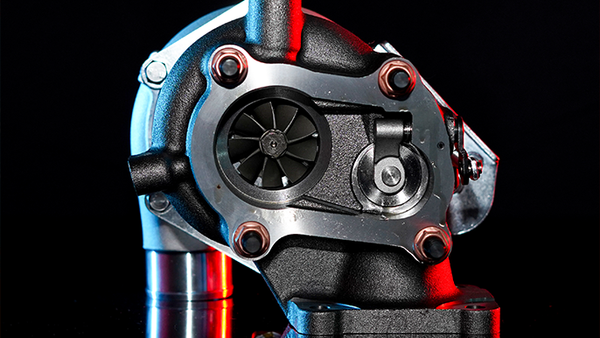What is a Boost Controller & How Does It Work?
A boost controller is a device that regulates the amount of boost pressure produced by a turbocharger or supercharger in an internal combustion engine. By managing this pressure, the boost controller allows for optimization of engine performance, enhancing power output and efficiency.
Types of Boost Controllers
There are two primary types of boost controllers: manual and electronic.
- Manual Boost Controllers (MBC):
-
-
Functionality: MBCs utilize a simple mechanical valve, often spring-loaded, to regulate boost pressure. By adjusting the valve, users can control the amount of pressure allowed to reach the wastegate actuator, thereby setting the desired boost level.
-
Advantages:
-
Cost-Effective: Generally more affordable than electronic versions.
-
Simplicity: Easier to install and operate without the need for complex electronics.
-
-
Disadvantages:
-
Limited Precision: Lacks the fine-tuning capabilities of electronic controllers.
-
No Dynamic Adjustments: Cannot adjust boost levels on-the-fly or based on varying engine conditions.
-
-
- Electronic Boost Controllers (EBC):
-
-
Functionality: EBCs employ electronic solenoids controlled by a central processing unit to manage boost pressure. They monitor various engine parameters and adjust the boost in real-time to maintain optimal performance.
-
Advantages:
-
High Precision: Allows for exact control over boost levels.
-
Versatility: Can adapt to different driving conditions and enable multiple boost settings.
-
Enhanced Safety: Often includes features like over-boost protection and boost-by-gear functionality.
-
-
Disadvantages:
-
Cost: Typically more expensive than manual controllers.
-
Complexity: Requires more intricate installation and setup.
-
-
Choosing Between Manual and Electronic Boost Controllers
The decision between a manual and an electronic boost controller depends on several factors:
-
Budget: If cost is a primary concern, a manual controller offers a budget-friendly solution.
-
Performance Goals: For those seeking precise control and the ability to adjust settings based on driving conditions, an electronic controller is preferable.
-
Technical Skill: Manual controllers are straightforward to install and use, making them suitable for beginners. Electronic controllers, while offering more features, require a higher level of technical expertise.
Conclusion
Understanding the role of boost controllers and the differences between manual and electronic types is crucial for anyone looking to optimize their turbocharged or supercharged engine's performance. Selecting the appropriate controller aligns with your performance objectives, budget, and technical comfort level, ensuring you achieve the desired balance between power, efficiency, and control.






